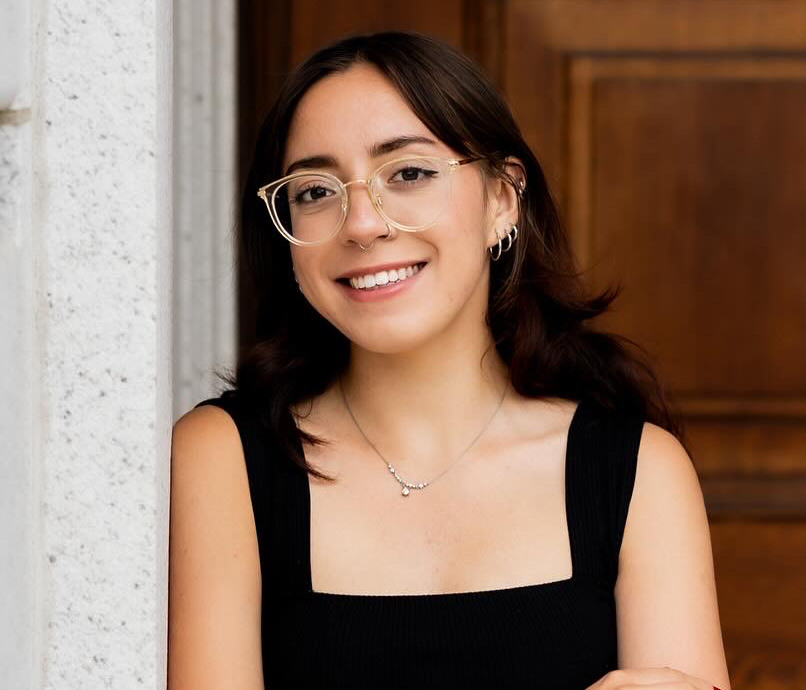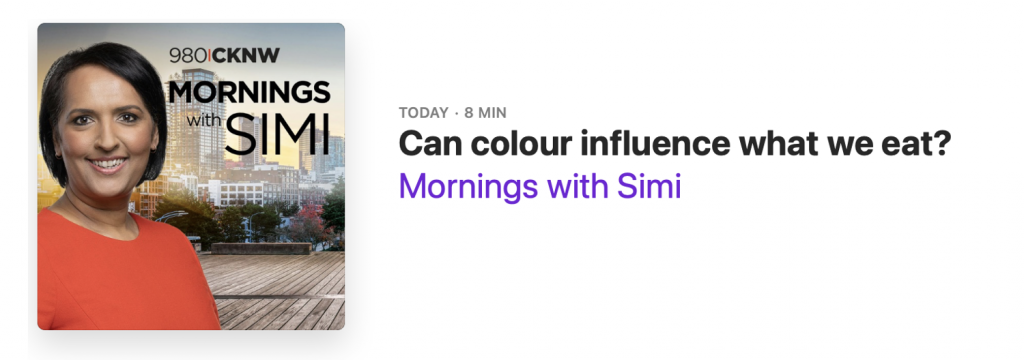Muller, M., Dobbins, I. & Gauthier, I.. Visual Abilities Predict the Content and Quality of Image Descriptions.
Chun, T.-Y., Cha, O., Bi, Y., & Gauthier, I. A Common Ensemble Perception Factor for Objects and Faces Strongly Related to General Intelligence.
Gauthier, I. Hyperrealism in AI face detection is context-dependent and predicted
by object recognition ability.
Smithson, C.J., Gronau, N., & Gauthier, I. High-level visual discrimination abilities predict memory for image location as a function of meaningfulness.





